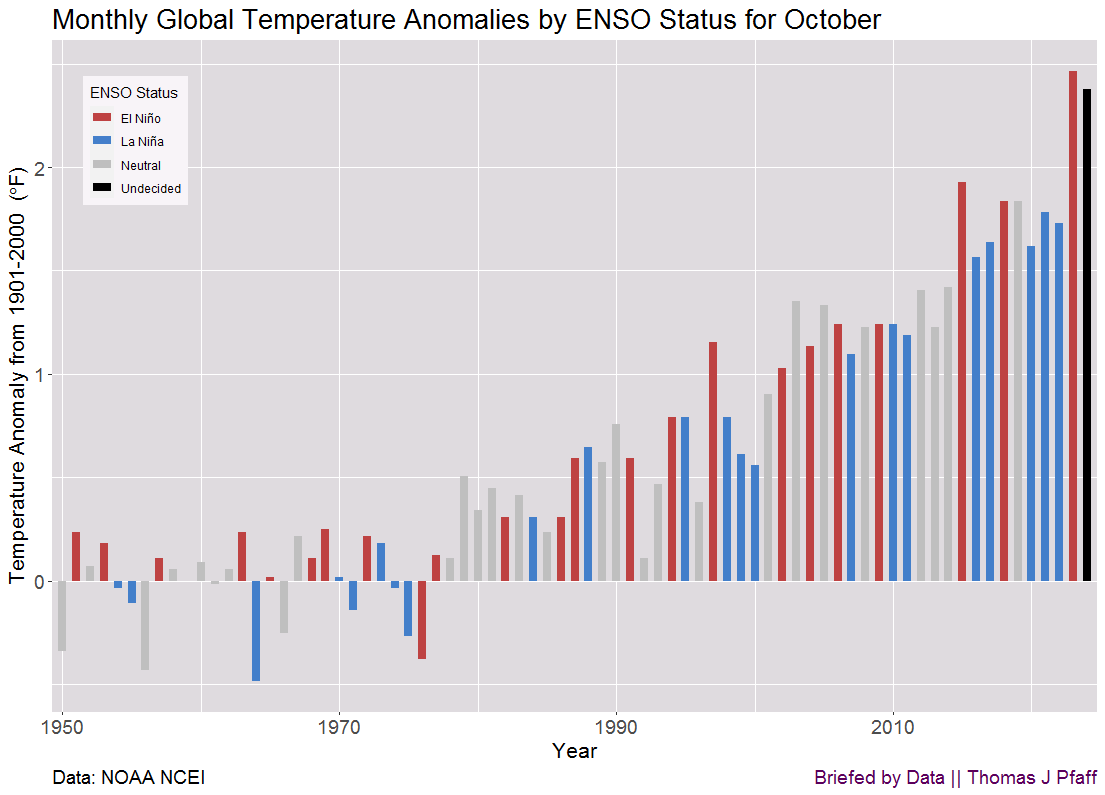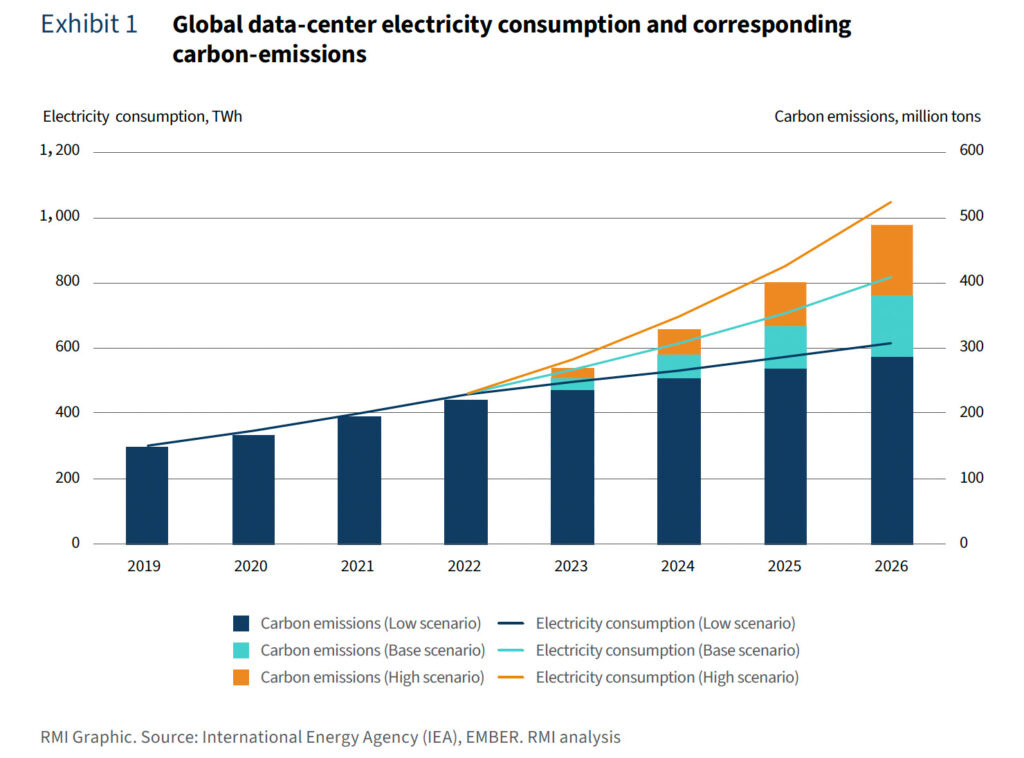If you enjoyed this content, please press the like button above and share it. This really helps spread the word about Briefed by Data. Of course, if you are not already a subscriber, please consider becoming one.
A glimpse inside the bubble
The essay Therapeutic infantilization, election edition (11/11/2024) from the Chronicle Newsletter is behind a paywall, but the first three paragraphs will cover the main point.
When I read last week that Georgetown’s McCourt School of Public Policy was offering its graduate students an election day “Self-Care Suite” with Legos, coloring books, and milk and cookies, my first uncharitable thought was of the Serbian filmmaker Dušan Makavejev’s 1974 Sweet Movie, in which the infamous Austrian performance artist Otto Mühl regresses to infancy — complete with diaper blowout.
Georgetown wasn’t alone in assuming that, in a period of political uncertainty, students, including graduate students, would yearn for the trappings of childhood. Harvard Divinity School’s “Community Care Day” promised such juvenile comforts as “storytime” and the ministrations of a puppet named Sunshine. Missouri State provided “calm jars” and “coloring pages.” (I had to Google “calm jars”; they turn out to be bottles filled up with glue and glitter, “a fun intervention primarily used for emotional regulation,” according to one child and adolescent therapist.) The University of Puget Sound gave stressed-out students a chance to “pause for paws,” which meant playing with dogs, which does sound nice. Virginia Tech’s Cook Counseling Center likewise offers “therapy dogs,” since “election stress is real.” If you’re not a dog person, you can take advantage instead of “free fidgets” or participate in a “collaborative art project.”
Do students actually want any of this? Should they? Colleges often boast of their role in forming responsible citizens. But it is not obvious that treating the democratic process as a traumatic threat from which students need protection — the protection of the nursery — will tend to the production of a robust citizenry.
We’ve had similar opportunities here at IC, and I’d bet what you just read has been common on campuses. I don’t think this infantilization does students any good, and I agree with the essay that it helps produce a robust citizenship. It has died down, but we’ll see more of it over the next four years. Two points.
First, I think the number of students engaging in these activities is small. Most students—the vast majority of them are fine, but they do get the message, which is my second point.
Higher education, not all colleges but most all, continues to send the message that those on the right, a good half of the country, are not welcome on campus. As higher education struggles with declining enrollment and complains about the right’s attached, the supposedly smart educated people don’t seem to get what they are doing to themselves. If your enrollment is suffering, it isn’t a smart idea to continue to signal to half the country that we don’t want you here, and “inclusion” doesn’t actually refer to those on the right. None of this is remotely subtle, and I provided an example over two posts as I critiqued a faculty essay in our students newspaper in Child firearm deaths and other gun issues (2/20/2024) and Guns and female homicide (2/13/2024).
Please, a little reflection and critical thinking are in order for those that supposedly teach these skills.
Paying for college, student earnings, and loans
Brookings has a good graph that has information that has been on my mind in Covering the tuition bill: How do families pay the rising price of college? (10/15/202)
First note that the data the author had didn’t separate student earnings for 2020. I want to focus on the light blue bars. First, for the <$50K group, student earnings rose from $3,600 to $5,700 from 1996 to 2008. In those cases, students could work and cover about a third of college, but given that minimum wage, what a student is likely to earn or close to it hasn’t risen much, and these students would have to work more. For these students, stagnant minimum wages that have not come even close to rising college costs are a problem.
Now look at the $100k and $150k groups. Student earnings went down from 1996 to 2008. This means they worked less. Instead, they took out more loans. I’m going to assume this trend didn’t change in 2020, although I’d like to know. I’d like to suggest that these students could reduce their loan debt by say $10,000 over four years by working a little. Yup, that didn’t make me popular on campus. I have sympathy for the <$50k cohort, much less for the wealthier groups.
Here is the graph for private schools. Notice, these students work less than their public institution cohorts at the same income level. Now at some colleges, finding a job can be difficult, but even in the small town of Ithaca, there are plenty of signs up for help wanted. I’d suggest the college work with businesses in the area to help connect students to jobs, which would do many of them some good beyond just the pay.
My last point here is that I’m fine if a student decides not to work for a variety of reasons, but then you need to take responsibility for your choices and recognize that at least some of the loans could have been prevented.
How hot was October 2024?
Despite what was likely an ENSO-neutral month, October’s anomaly was close to last year’s record, which was an El Niño month. When put into the context of all months, it was a warmer neutral month but within the range of what we might expect. Here is what NOAA had to say:
October 2024 was the second warmest October on record for the globe in NOAA's 175-year record. The October global surface temperature was 1.32°C (2.38°F) above the 20th-century average of 14.0°C (57.2°F). This is 0.05°C (0.09°F) less than the record warm October of 2023. October 2024 marked the 48th consecutive October with global temperatures, at least nominally, above the 20th-century average.
Data centers and energy
While we continue to build more data centers, the latest is PG&E plans 200MW data center campus in San Jose, deploys Nvidia hardware to nuclear power plant (11/14/2024) RMI is fighting a losing battle with their article Powering the Data-Center Boom with Low-Carbon Solutions (2024 report).
Even under their low scenario, electricity consumption grows, as does carbon emissions. Now, low scenarios are generally overly optimistic, and we should plan on somewhere above the base scenario. We aren’t going to reduce energy consumption, and we are going to continue warming the planet. That’s what we should be planning for.
Great quote
From FS (10/27/2024)
Action creates inspiration.
The hard part isn’t knowing what to do; it’s doing it daily, whether you feel like it or not.
The challenge isn’t knowing you should work out; it’s putting on your shoes and running in the cold when you’d rather sit at home under a warm blanket. The challenge isn’t determining the most important project; it’s sitting down and doing it when you’d rather browse social media.
If you’re waiting for inspiration, you’ve already lost.
Education and mortality
From the NBER paper Human Capital Spillovers and Health: Does Living Around College Graduates Lengthen Life? (4/2024). Abstract and one of the many graphs in the paper:
Equally educated people are healthier if they live in more educated places. Every 10 percent point increase in an area’s share of adults with a college degree is associated with a decline in all-cause mortality by 7%, controlling for individual education, demographics, and area characteristics. Area human capital is also associated with lower disease prevalence and improvements in self-reported health. The association between area education and health increased greatly between 1990 and 2010. Spatial sorting does not drive these externalities; there is little evidence that sicker people move disproportionately into less educated areas. Differences in health-related amenities, ranging from hospital quality to pollution, explain no more than 17% of the area human capital spillovers on health. Over half of the correlation between area human capital and health is a result of the correlation between area human capital and smoking and obesity. More educated areas have stricter regulations regarding smoking and more negative beliefs about smoking. These have translated over time into a population that smokes noticeably less and that is less obese, leading to increasing divergence in health outcomes by area education.
Map of the week
2024 obesity rate from World Population Review. The map is interactive if you want to zoom in to see smaller counties and click on a country to get male and female rates.
The spinning CD
Please share and like
Sharing and liking posts attracts new readers and boosts algorithm performance. Everything you do is appreciated.
Comments
Please point out if you think something was expressed wrongly or misinterpreted. I'd rather know the truth and understand the world than be correct. I welcome comments and disagreement. We should all be forced to express our opinions and change our minds, but we should also know how to respectfully disagree and move on. Send me article ideas, feedback, or other thoughts at briefedbydata@substack.com.
Bio
I am a tenured mathematics professor at Ithaca College (PhD Math: Stochastic Processes, MS Applied Statistics, MS Math, BS Math, BS Exercise Science), and I consider myself an accidental academic (opinions are my own). I'm a gardener, drummer, rower, runner, inline skater, 46er, and R user. I’ve written the textbooks R for College Mathematics and Statistics and Applied Calculus with R. I welcome any collaborations.











